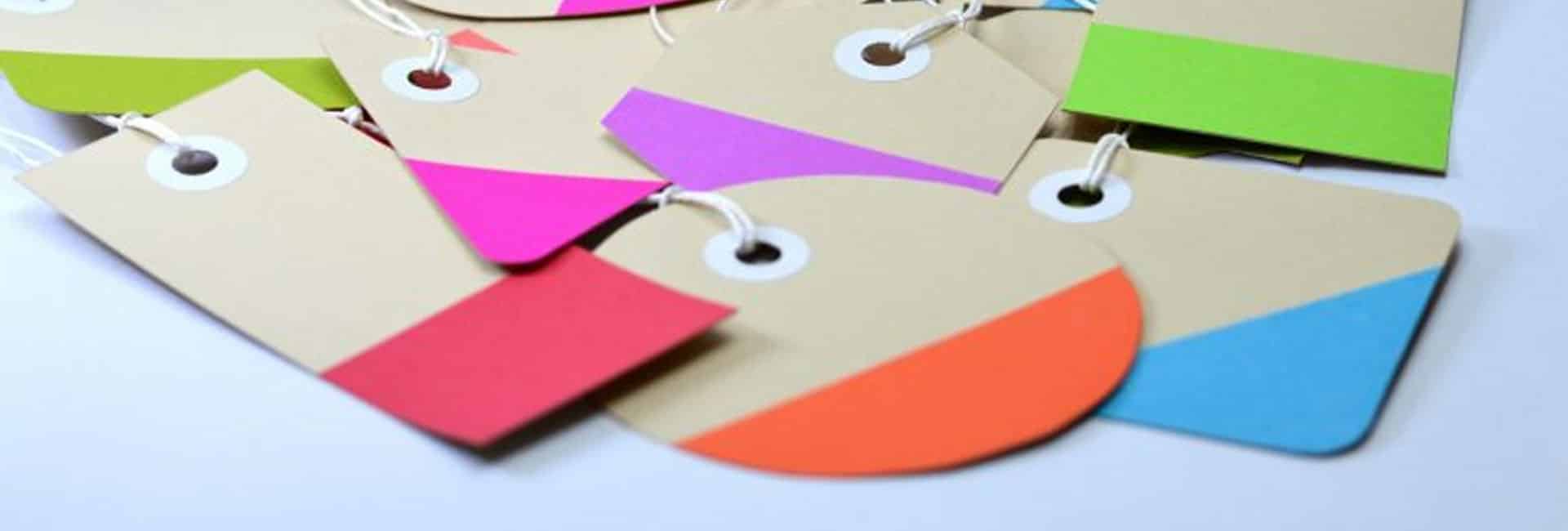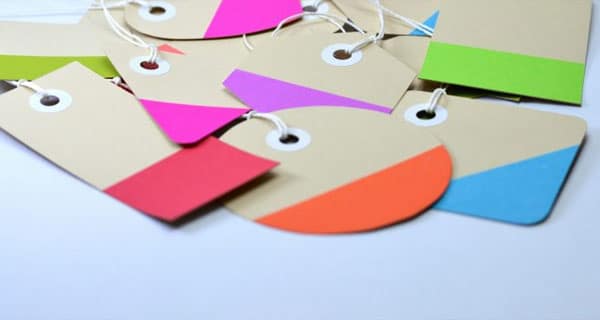
Used under a Creative Commons Licence
Bad Faith Trade Mark Registration in Australia
Registering a trade mark is the most effective way to protect your brand name and other elements of your brand identity such as logos and taglines. However, caution should be taken as this protection will not be afforded to bad faith trade mark registration.
Ownership of a trade mark at common law is established through the use of that trade mark (see Food Channel Network Pty Ltd v Television Food Network GP [2010] FCAFC 58). The owner of an unregistered trade mark in Australia for particular goods or services is taken to be the first person to use it in the course of trade in those goods or services. If there has been no use, the first person to apply to register a trade mark will, typically, be entitled to claim ownership as the Registrar takes at face value the claim by a person applying for registration to be the owner of the trade mark in respect of the specified goods and/or services.
However, many falsely believe that this means if they register an overseas trade mark that is not registered in Australia first they will own that trade mark. This is certainly not the case as will be shown in this article.
What is Bad Faith Trade Mark Registration?
Before the Trade Marks Amendment Act 2006 there existed no provision for opposing bad faith trade mark registration. The Trade Mark Registrar’s experience proved that a bad faith provision was necessary due to cases where trade mark applicants had purposely seeked to register a trade mark in bad faith. The examples given included:
- persons who monitor new property developments, register the names of new developments as trade marks for a number of services and then threaten the property developers with trade mark infringement proceedings unless the developers buy, or obtain a licence to use the trade marks;
- persons who have a history of applying for trade marks that are deliberate misspellings of other registered trade marks;
- persons who identify trade marks used overseas but with no Australian use as yet who then apply to register the trade marks in Australia for the express purpose of selling them to the overseas owners.
Thus, section 62A was added to the Trade Marks Act 1995 so that bad faith trade mark registration would be opposable. This section was considered in Fry Consulting Pty Ltd v Sports Warehouse Inc (No 2) [2012] FCA 81 where Dodds-Streeton J set out the test for bad faith trade mark registration as to whether:
“persons adopting proper standards would regard the decision to register as in bad faith, or that reasonable and experienced persons in the field would view such conduct as falling short of acceptable commercial behaviour.”
The test above was then cited with approval in DC Comics v Cheqout Pty Limited [2013] FCA 478.
Case Studies
One example of bad faith trade mark registration is Madonna’s case back in 2015. Madonna had a gym business called HARD CANDY and an Australian company ‘Hard Candy (Australia) Pty Ltd (AU Hard Candy)’ filed a trade mark application for HARD CANDY the same week the gym was launched. This was challenged by Madonna in 2015 with the outcome that the trade mark was found to be filed in bad faith by the Australian HARD CANDY business and the trade mark was refused. Evidence of Mr Dattilo (the owner of the Australian Hard Candy registration) naming multiple businesses after international brands including G-Star and Isotta Fraschini, alongside examples of misappropriation of Madonna’s name were used against Mr Dattilo in proving the application was made in bad faith.
A similar case occured in Marvel Characters, Inc v Gary Charles back in 2011 when the trade mark application for the character ‘Ghost Rider’ was filed by Gary Charles in Class 25 in regards to a range of clothing. Gary Charles lost the case based on a variety of evidence. Notably, evidence of previously filed applications by Gary Charles of well known and famous trade marks such as Red Bull, Beat Down and Army of One were used to show bad faith.
The Hearing Officer decided in favour of Marvel, relying on section 62A of the Trade Marks Act 1995 and stated:
“The evidence which the Opponent has provided in respect of the Applicant’s other trade mark applications and registrations, in conjunction with the evidence of the clothing brands available for sale in the Applicant’s shop, is sufficient for me to be satisfied that this application is an example of the Applicant’s standard pattern of behaviour, a pattern which leaves much to be desired as far as commercial fair dealing is concerned”
The above all demonstrate situations that may amount to filing trade mark applications in bad faith. Essentially, when a trade mark is accepted for registration there is a two month period in which anyone can oppose. If the opposition is successful the trade mark will not be registered. Interestingly enough, section 88 states that an application made in bad faith can have its registration removed.
Lessons Learned
If you are going to file a trade mark do it for genuine reasons, make sure you own the trade mark and wish to use it for your own legitimate business purposes. If you are an Australian business that identifies an overseas businesses and registers their trade marks for the sole purpose of preventing the overseas companies from applying in Australia, then that registration is will likely be found to be in bad faith if challenged.
For help with trade mark registration speak to Sharon Givoni Consulting.
Please note the above article is general in nature and does not constitute legal advice.
Please email us info@iplegal.com.au if you need legal advice about your brand or another legal matter in this area generally.


